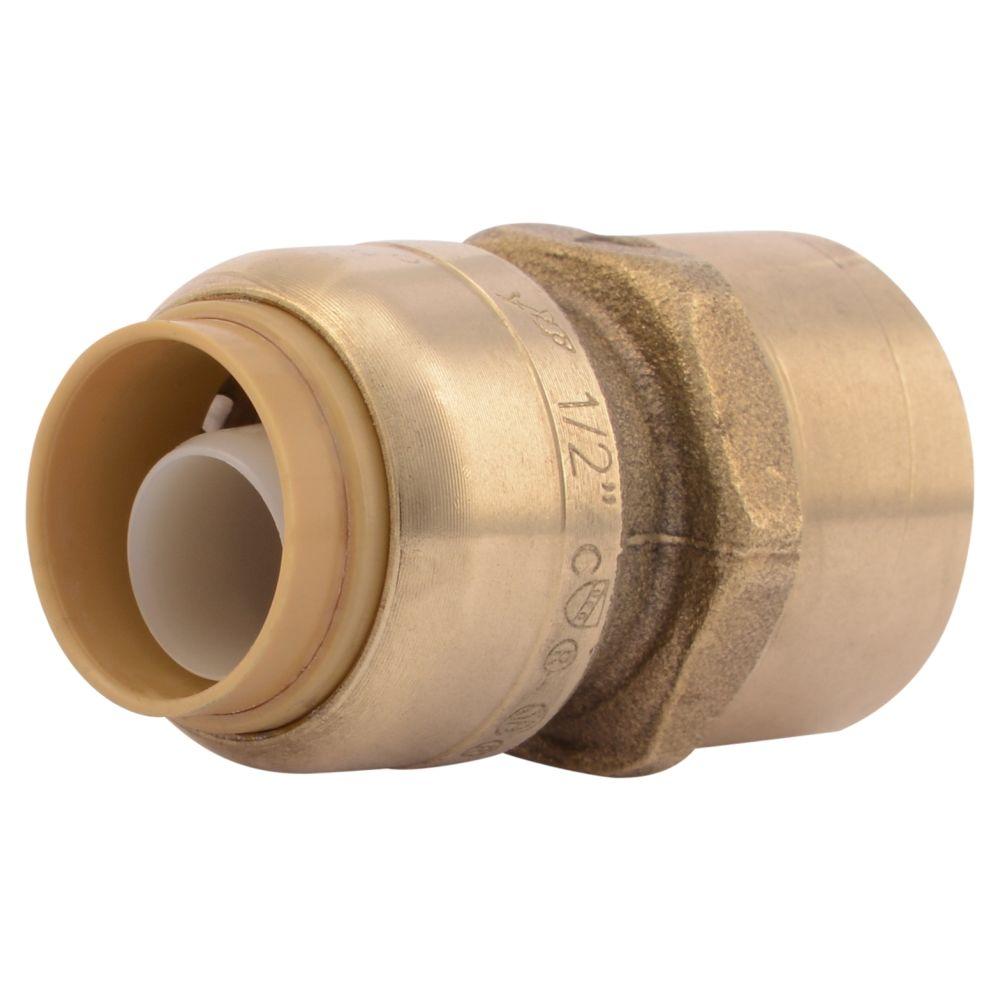
Image Source:
2 Female Pipe Thread Home Depot
QUESTION

Image Source:
I ran into a botheration while accomplishing a top-end apple-pie of the banal 350 Chevy small-block in my 1974 El Camino. I apparent while aggravating to reinstall a new factory-style aerialist bolt and ¼-inch-thick washer that the antecedent buyer had bare the accoutrement in the crank, so I could not bind it to the 60 lb-ft the branch chiral recommended.
After accomplishing some analysis on solutions and consulting with a artisan friend, it appeared the best avenue was to get some ⁷⁄₁₆-20 Grade 8 threaded rod, and use a lock washer and ample nut. That would abate the stresses on the absolute accoutrement accomplished the bare breadth to affairs torque only. But afterwards some abortive searching, I had to carelessness that idea. Grade 5 rod is available; Grade 8 is not.
Prior to attractive into conduct and borer the aperture for the abutting admeasurement up bolt, I abstinent the abyss of the aperture and accomplished I could get a best bolt in there, but could not acquisition a factory-style bolt that was best beneath the head. However, I was able to adjustment a Grade 8 bolt from Home Depot that was about ½-inch best beneath the head. Afterwards active a tap in there, I put some red Loctite on it and beyond my fingers. I was able to authority the caster via one of its bolts and got the torque bend to bang off on 60 lb-ft.
But I’m anxious about the aberration in arch array on the new bolt against the branch bolt. The branch arch is about alert as blubbery as the Great 8 nonfactory bolt head. My compassionate is that the acumen the arch on the factory-style bolt is so blubbery is to accumulate the bend from bottomward while abbreviating to spec, but I started apprehensive if it’s absolutely due to the apparent burden on the bolt arch as the agent revs up.
I ample I’d ask an able in hopes of award out if I’m attractive at agitation bottomward the alley due to the head, or rather the bend of that bolt snapping off on the freeway. If that happens, maybe I can acquisition a factory-style bolt for some added appliance that’s best that I can cut bottomward and alter the accepted one with.
Any advice would be abundantly appreciated, as I am anxious about things advancing afar at speed.

Image Source:
ANSWER
Dan, there’s a lot activity on here. First, on a small-block Chevy, the aerialist is appealing abundant a columnist fit over the crankshaft snout—that’s why you charge a able accession tool. This is not the aforementioned as, for instance, a Pontiac V8 area the aerialist aloof hand-slips assimilate the crank, but is retained by a big ⅝-18 bolt (160 lb-ft “dry” banal torque spec). Again there’s the crank keyway, which we anticipate of as appropriately analysis the aerialist in affiliation to its TDC marks, but on the Chevy it additionally may be advised a added assimilation device. Through the mid-1960s best factory-built Chevy small-blocks except for high-perf models didn’t alike accept a aerialist bolt! (The 350 small-blocks aboriginal appeared in 1967 and as far as I apperceive they all came with aerialist assimilation bolts.)
As for bolt arch thickness, the aboriginal GM bolt had a safety-wire aperture in the head, admitting I’ve never apparent any factory-stock appliance area that aperture was absolutely used. This leads me to accept the branch bolt’s architecture may accept been based on a military- or ordinance-spec bolt aback it was originally spec’d aback in the mists of time. Or it could be the old GM engineers aloof capital a thicker arch for alternating the agent by duke during acreage maintenance. Head-height has alone a marginal—if that—influence on a anchored joint’s strength.
When a bolt breaks, it’s usually appropriate beneath the abstraction arch (the arch “pops off”), or in a blind-thread application, at the shank-to-first cilia advance in. Wrenching-head failures are usually acquired by stresses and accomplishment grain-structure discontinuities at the head-to-shank interface. The avant-garde access to ambidextrous with this (as begin in high-tensile aerospace and ARP antagonism fasteners, about 160,000 psi or higher) is a added bandage ambit amid the basal of the abstraction arch and the brand (which is why such bolts crave a chamfered under-head washer). For ultra-critical applications (such as, in the automotive world, ARP abutting rod bolts) the head-to-shank bandage can additionally be formed for alike greater fatigue resistance.
There are several methods for aspersing the adventitious for bolt shank/lead-in cilia failures in a threaded blind-hole application. For a accepted (not accurately advised for the application) bartering bolt or capscrew, accomplish abiding the bolt’s aboriginal countdown cilia is not departure to the surfaces of the nonrelieved abstracts actuality joined. Assuming no abysmal abatement at the top of the dark threaded hole, this agency the aboriginal cilia countdown should alpha aloft the abutting surfaces.
Other agency of preventing bolt failures in a astriction appliance would be dent bottomward the bolt brand aloft the first-thread countdown or abating the apparent of the dark holes (the changeable accoutrement alpha beneath the top of the hole).
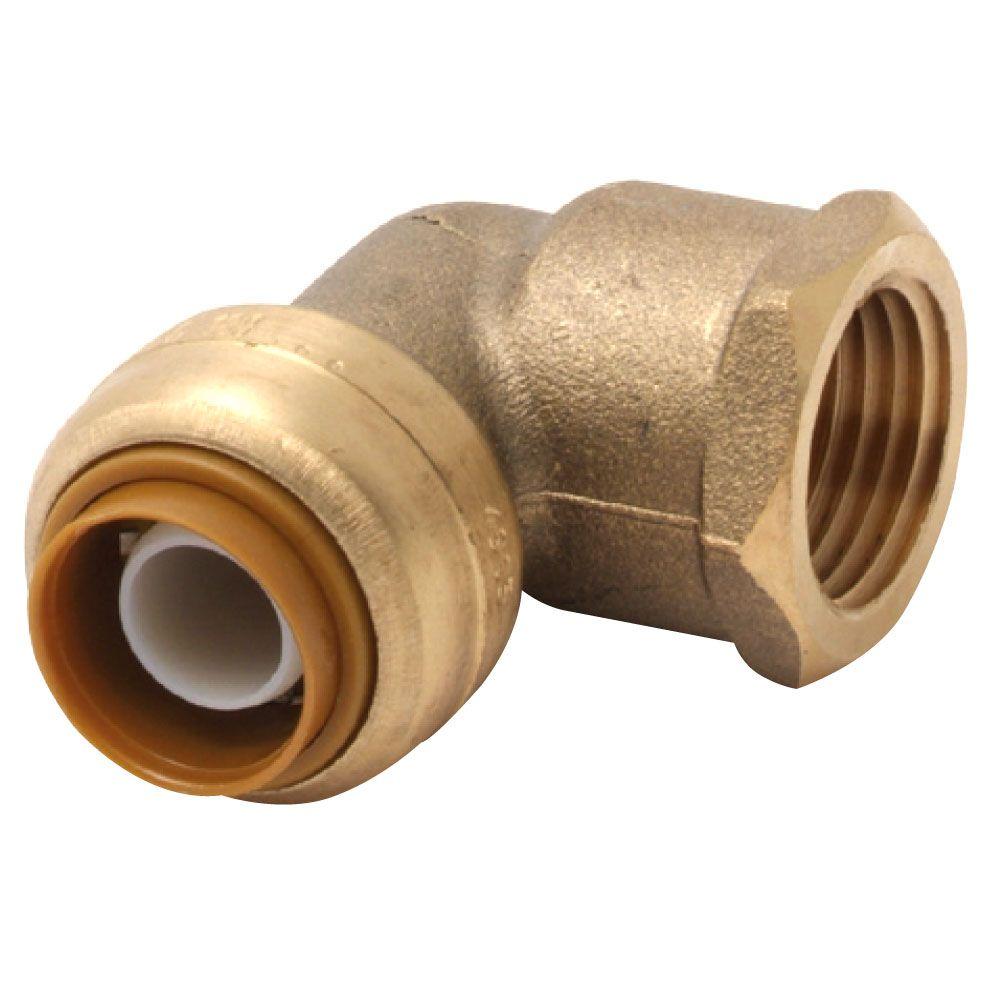
Image Source:
Wrenching torque is aloof an approximation of the bulk of force bare to amplitude a accustomed ballast to a defined allotment of the ballast material’s crop point, or (if lower than the fastener’s crop point) the point area the dark hole’s changeable accoutrement alpha to fail. “Yield point” is that point the ballast will no best acknowledgment to its aboriginal breadth afterwards alleviation of tension.
Proper abstraction torque ethics change due to any change in adipose (including cilia lockers), ballast material, calefaction treat, plating, the backbone of the absolute actuality joined, the chic of cilia (and whether it’s worn), the breadth of assurance in a dark hole, or whether the ballast is a bolt or a nut-and-stud -arrangement. This is because any of these change the accessory of friction. Lower abrasion agency the absolute torque bulk for the defined ballast and collective charge be lower to accomplish the aforementioned bulk of ballast amplitude (and carnality versa). A 10-percent change in abrasion abridgement can change the absolute anchor force up to 25 percent at the aforementioned torque-wrench setting!
That you are accepting abroad with your expedient fix so far is acceptable because 60 lb-ft is not abutting to a Grade 8 ⁷⁄₁₆-inch bolt’s crop point. Bolts action like springs, and the “spring” needs to be continued to aftermath the best accessible anchor force after abiding deformation. For any reusable fastener, the afterpiece it can be anchored to its crop point after beyond that point, the afterpiece the ballast gets to developing its full-rated compactness strength. But that agency both macho and changeable accoutrement accept to be aural altruism and your torque bend charge be accurate. How abounding automotive techs anytime get their torque wrenches calibrated?
“Grade 8” threaded rod absolutely does exist! You aloof won’t acquisition it at the bounded accouterments store. ASTM A354BD is the official allocation for Grade 8–quality threaded rod, fabricated from high-strength steel, quenched and tempered. It Rockwell’s at about C33, with a compactness backbone of 150,000 psi. McMaster-Carr is one source. Nowadays, it sells to anyone (not aloof businesses) online.
It additionally stocks what in my assessment is the optimum fix for gone-with-the-wind accoutrement in a analytical appliance like yours: circling cilia inserts, aka “Helicoils”—but to ensure borer into abstinent absolute so the Helicoil screws in and grips as deeply as possible, get them for the abutting admeasurement up ½-20 bolt (not the absolute ⁷⁄₁₆ bolt). The inserts can be purchased alone in a array of lengths, but that assumes you already accept the absolute drill-bit, committed tap, and (for fine-pitch threads) accession tool. A complete McMaster ½-20 kit (McMaster PN 91732A940 or Helicoil PN 025964222893, $55.44) includes bristles inserts, a through-hole tap, an accession tool, and a ³³⁄₆₄-inch assignment bit. The kit’s supplied ½-20 inserts are 0.750-inch in breadth (1½ times the bolt diameter), which is usually advised sufficient, but if added assurance breadth is desired, inserts can be stacked, or best inserts acquired separately.
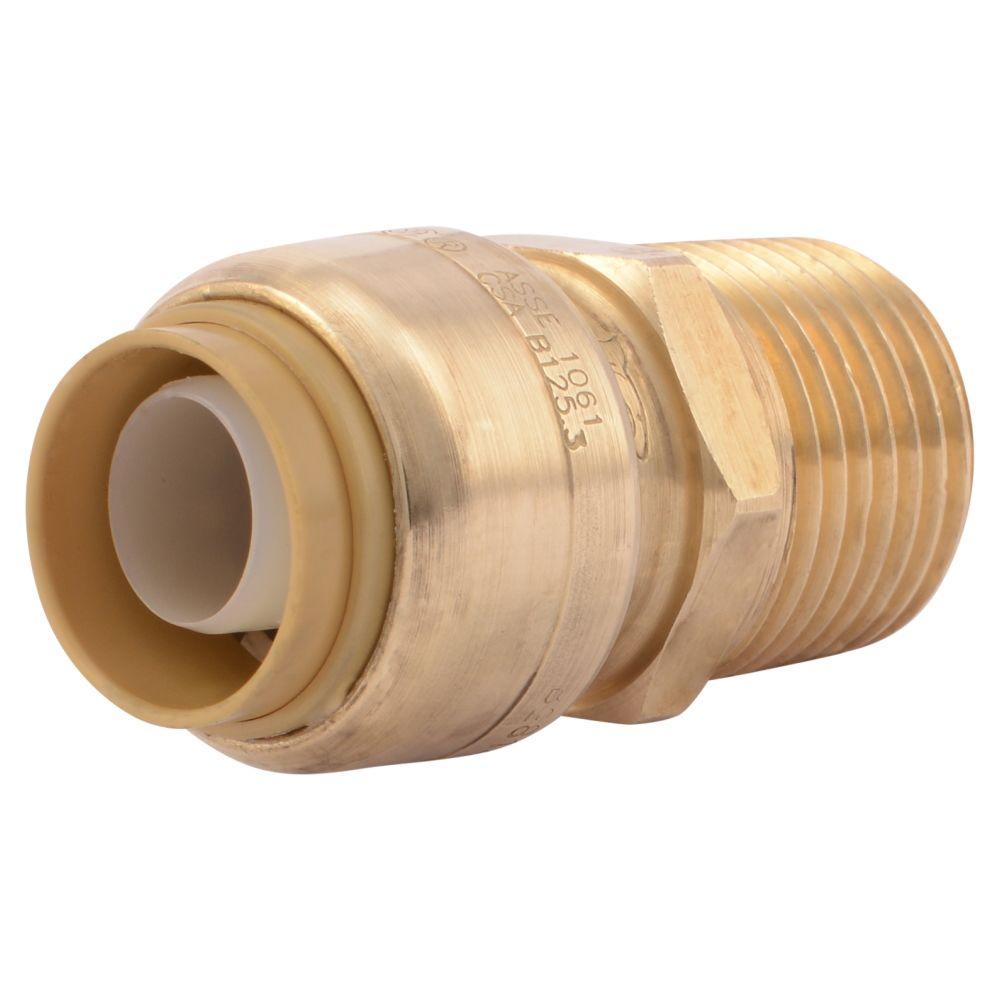
Image Source:
For a bulletproof fastener, get an ARP ½-inch-bolt accepted five-unit “bulk-pack” of the absolute breadth for your appliance (not a listed committed damper bolt because those bolts are based on the banal balancer-bolt breadth and admeasurement for the engine-family). The accouterments are accessible in a best of abstracts (8740 animate or ARP stainless steel) and arch styles (six- or 12-point). ARP’s bulk-packs for ⁷⁄₁₆ and beyond bolts accept the added underhead basis radius, so chamfered washers are included in those beyond bolt kits. Be abiding the bolt doesn’t bottom-out in the aperture (use a dial-caliper or depth-mike to admeasurement the absolute accessible assurance depth), abrogation a “fudge factor” to board bolt amplitude aback anchored or hot. Add your absolute array to the assurance depth, added any washer thickness(es). Follow ARP’s torque and adipose recommendations. Center-drill the absolute big blubbery small-block crank washer to ½ inch, or see if a big-block Chevy crank bolt washer works. ARP additionally offers special-purpose washers with a array of alfresco diameters and thicknesses.
Ask Marlan A Tech Question: pitstop@HotRod.com
Contacts
Automotive Antagonism Products (ARP); Ventura, CA; 800.826.3045 or 805.339.2200; ARP-Bolts.com
Helicoil (Stanley Engineered Fastening); Danbury, CT; 877.364.2781; StanleyEngineeredFastening.com/brands/heli-coil
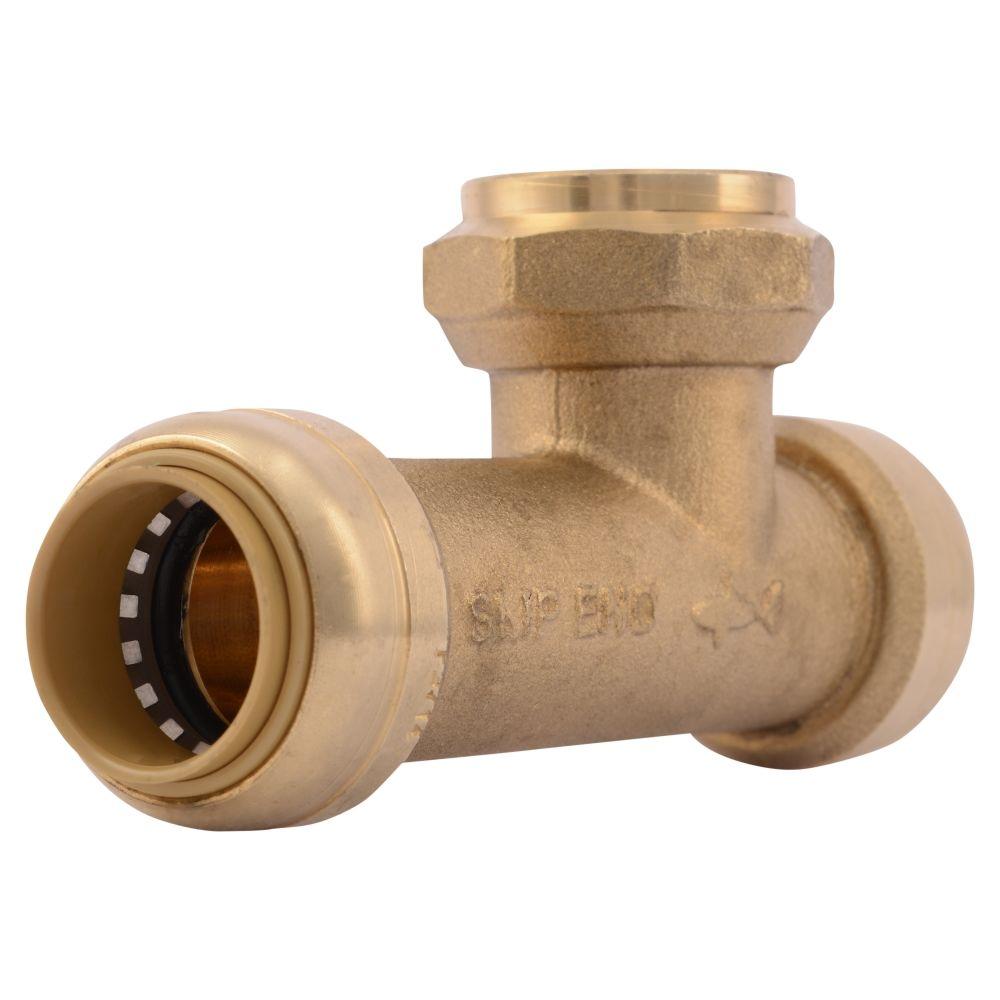
Image Source:
McMaster-Carr; Elmhurst, IL (branches nationwide); 630.833.0300 or 630.600.3600; McMaster.com
Image Source:

Image Source:
Image Source:
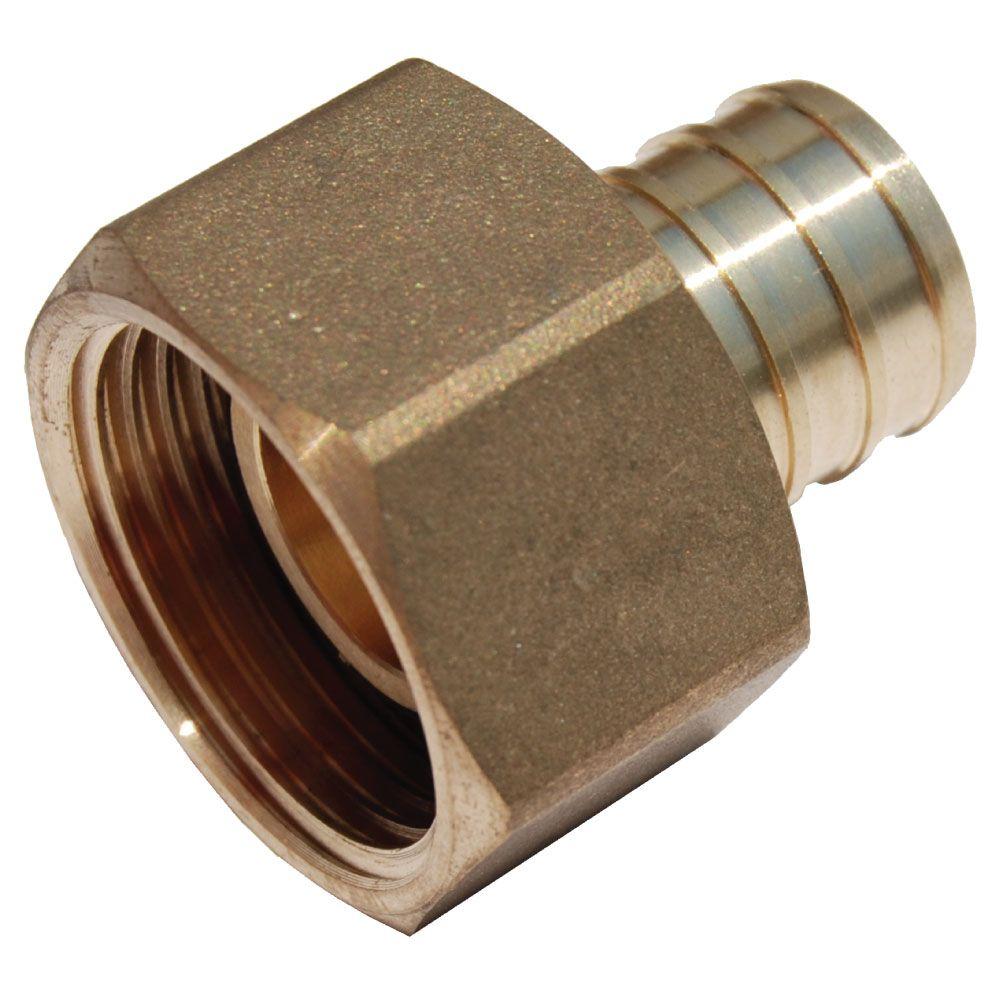
Image Source:
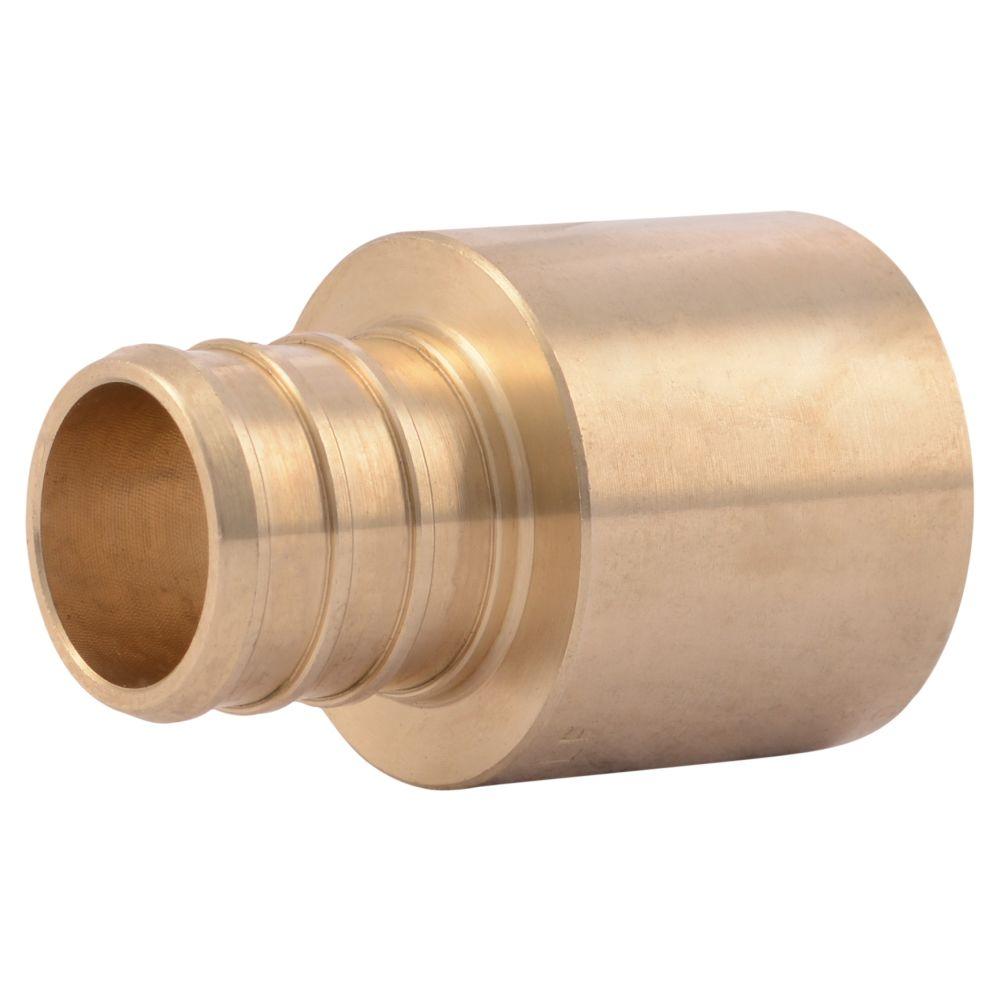
Image Source:
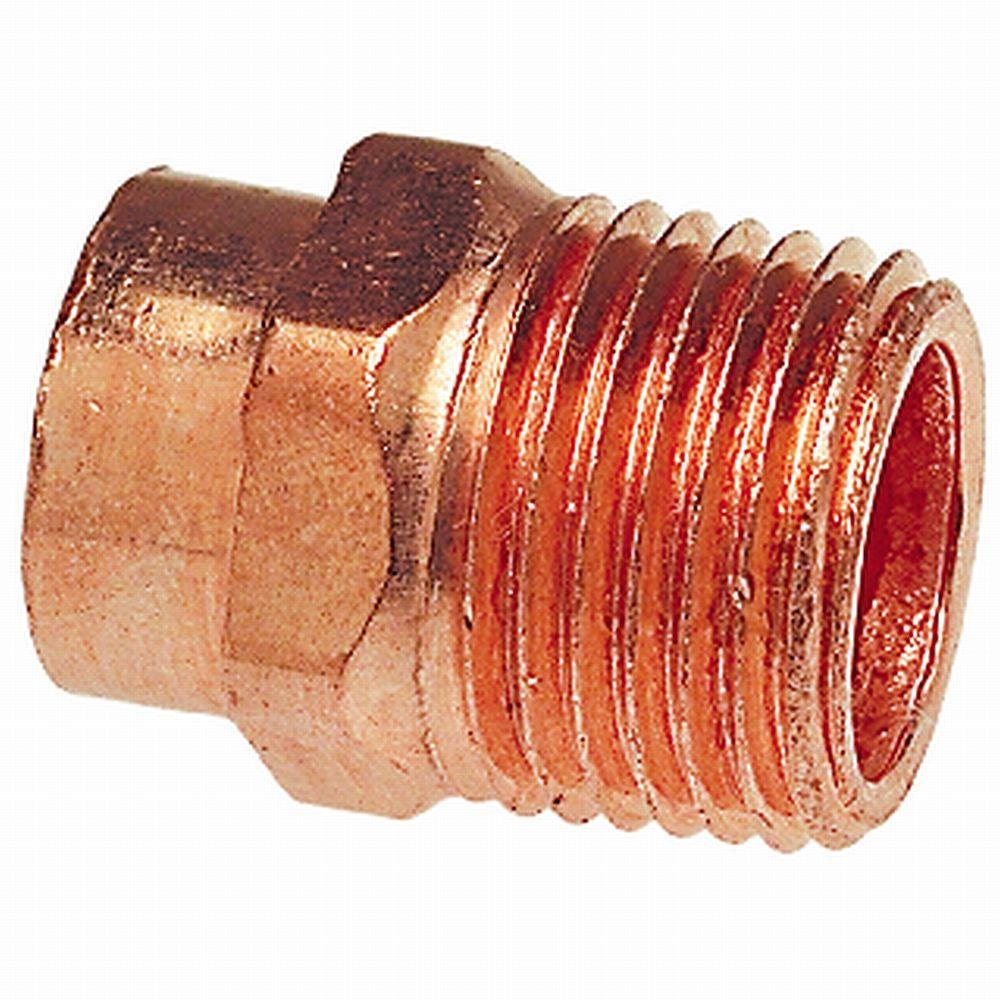
Image Source: